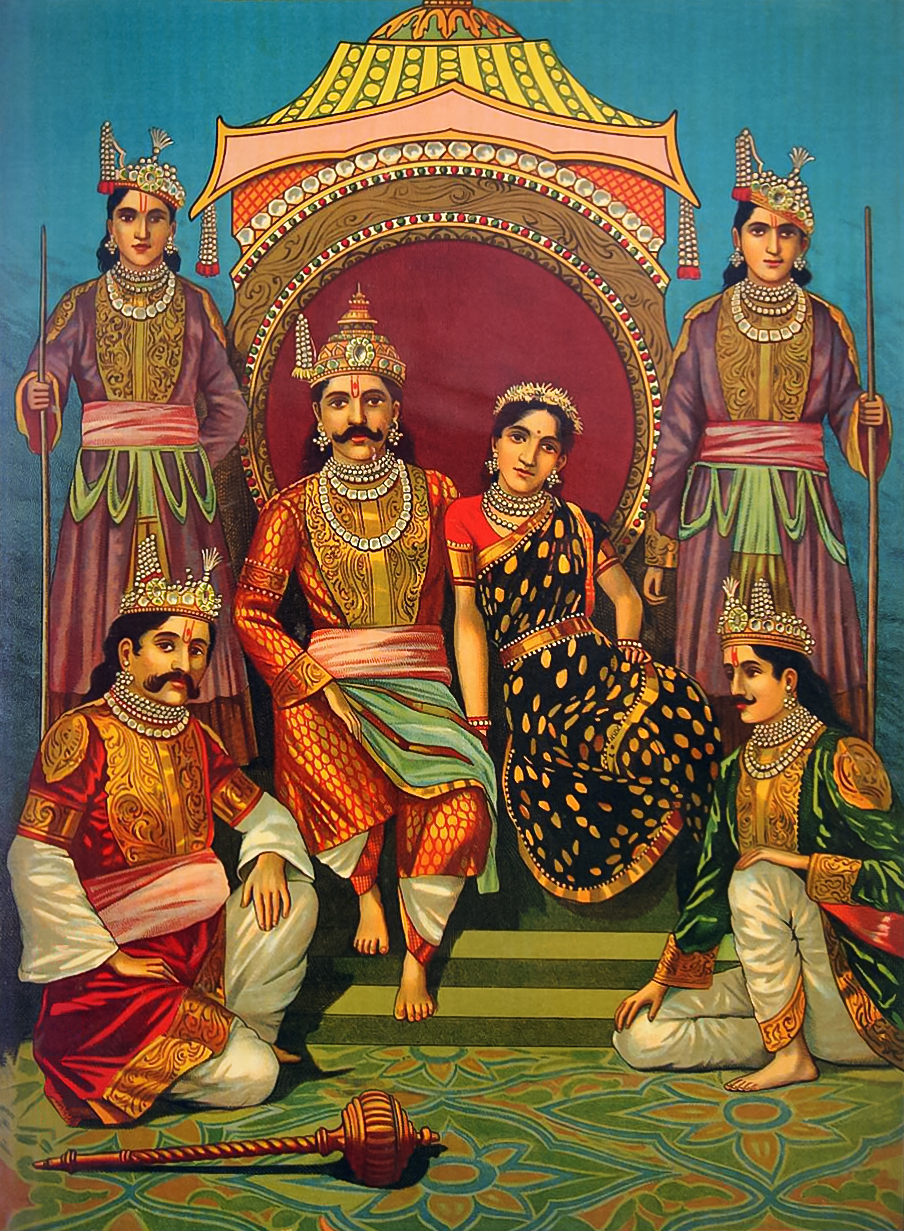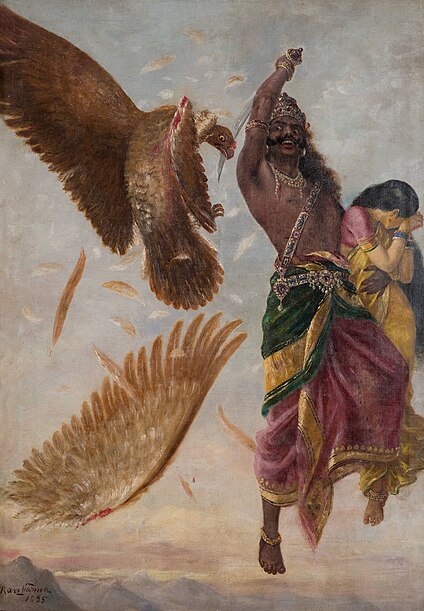For this week, I am watching
"Sita Sings the Blues"
Part ASo far I really like this method of presenting the Ramayana. It's interesting how there are a bunch of different stories combined into one, but it all flows quite well. There is the overall story of the Ramayana; then, that is overlapped by the three narrators; following this is Sita's singing of the blues; finally, all of this is the foreground for the story of Nina and her boyfriend, which somewhat parallels the Ramayana.
I like how the animation style changes with each of these differing methods of storytelling.
Part B My suspicions about Nina's story paralleling the Ramayana definitely played out, but I especially liked how the story made a circle. In the beginning, I remember the narrators debating about when the Ramayana occurred and whether or not is was actually real, or at least whether or not it was based in factual events. In the end of the film, when Nina is reading the Ramayana and drawing, the question is raised as to whether or not the film itself was inspired by her events. In the same way, it is like how the Ramayana is supposed to written by Valmiki and that the entire story leads up to the realization of this.
Overall, I felt like this was such a unique approach to the Ramayana and enjoyed how multiple styles of art, music, and storytelling combined to make one larger compelling piece.




_as_Infant_Krishna_-_Walters_543081.jpg/443px-Indian_-_Cosmic_Narayana_(Vishnu)_as_Infant_Krishna_-_Walters_543081.jpg)







